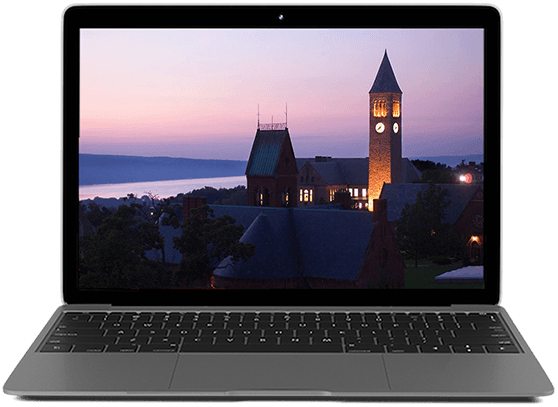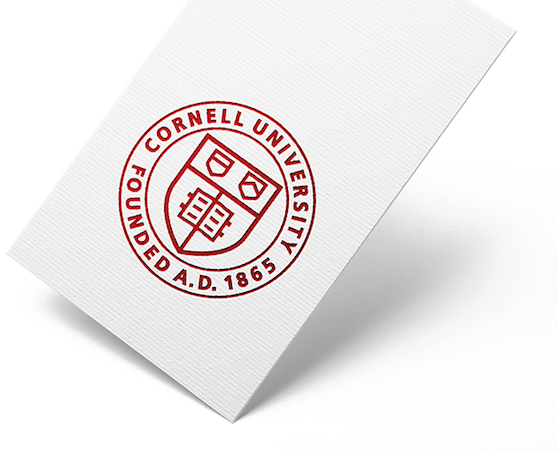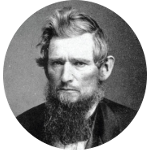Richard Cahoon is an Adjunct Professor in Global Development as well as a practitioner with over three decades of experience in the areas of invention, intellectual property (IP), new technology development and implementation, entrepreneurship/intrapreneurship, and innovation. He has significant experience in the management of R&D, invention and IP, partnerships, technology commercialization, venture creation, licensing, business development, negotiation, and mediation.
Professor Cahoon has worked on a variety of new technology projects with universities, government agencies, and companies in various countries. His work has included project design and management along with high-level advisory and mentoring roles for institutions, ministries, and companies in over 25 countries and the United Nations. Professor Cahoon has been an advisor to World Bank; the governments of Qatar, Canada, Thailand, Philippines, Serbia, and the State of Michigan; USAID; and the U.S. Department of Commerce; as well as universities, companies, and NGOs in Turkey, Argentina, Chile, Japan, Jamaica, Philippines, South Africa, India, Korea, Bahrain, Mexico, Sri Lanka, Iran, Colombia, Brazil, the U.S., and the European Union.
Professor Cahoon has served as an expert in numerous IP litigations and conducted many IP/technology valuations. His emphasis includes the implications of invention and IP assets for individuals, public sector institutions, and private sector actors that comprise the innovation ecosystem. An inventor and a U.S. patentee, Professor Cahoon has founded or participated in the creation and launch of numerous startup companies. He spent 20 years as the director of Cornell’s IP management/technology transfer office and teaches these several subjects at Cornell as well as in numerous webinars and workshops for various institutions around the world.



























































